Vaping Destroys Your Lungs in Ways You Can’t Reverse – Here’s Your Healing Timeline
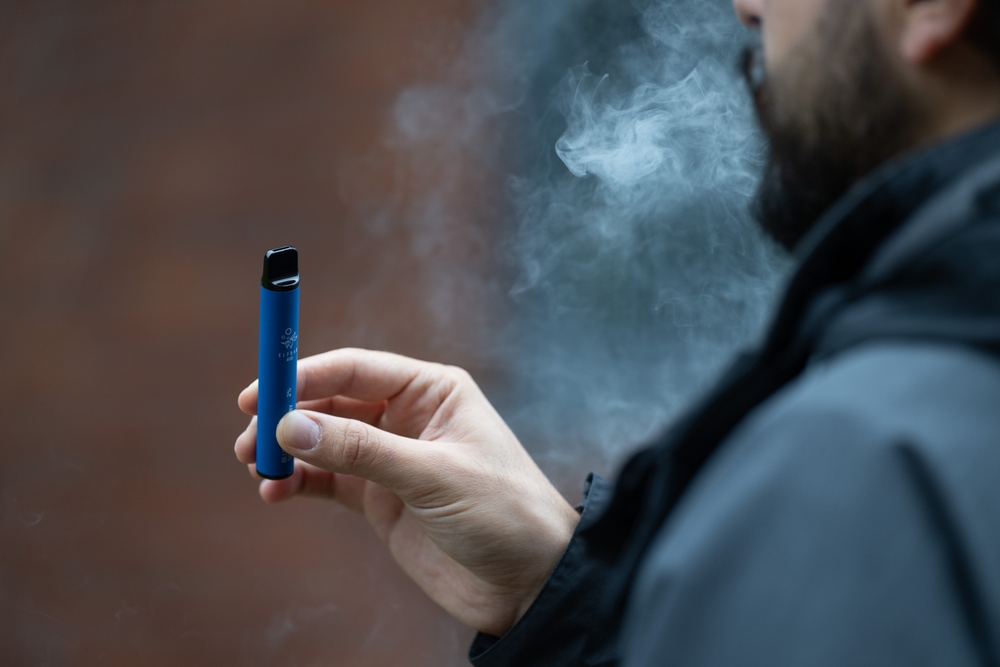
Your lungs might be repairing themselves right now. Or they might be scarred beyond. Vaping promised a safer future for smokers. Fruity flavors replaced tobacco’s harshness. Sleek devices replaced cigarette packs. Young people inhaled vapor thinking they’d dodged the bullet their parents faced with traditional smoking.
But hospitals started filling with patients who couldn’t breathe. Some vaped every ten seconds. Others watched their lungs collapse after nine years of harmless habit. And doctors discovered something terrifying about certain types of lung damage.
Some healing happens. Some damage stays forever. Understanding which category you fall into could save your life.
Vaping Promises Health But Delivers Harm
E-cigarettes entered the market as smoking’s healthier cousin. Early devices mimicked cigarettes or showed transparent tubes filled with tobacco-flavored liquid. Marketing campaigns sold freedom from carcinogens while maintaining nicotine satisfaction.
Vape stores now occupy every corner. Disposables come in hundreds of flavors. Devices range from discreet pods to cloud-producing mods.
Yet hospitalizations for vape-related illnesses climb each year. People develop breathing problems they never expected. Young adults suffer conditions usually seen in factory workers exposed to industrial toxins.
According to Dr. Andrew Freeman from University of Utah Health, “Our lungs are not a good organ to absorb substances for recreational use. They are an incredible organ, providing our bodies with vital oxygen and exchanging carbon dioxide, all while protecting us from infections and other harmful elements from our environment.”
Inside Your Lungs When You Vape
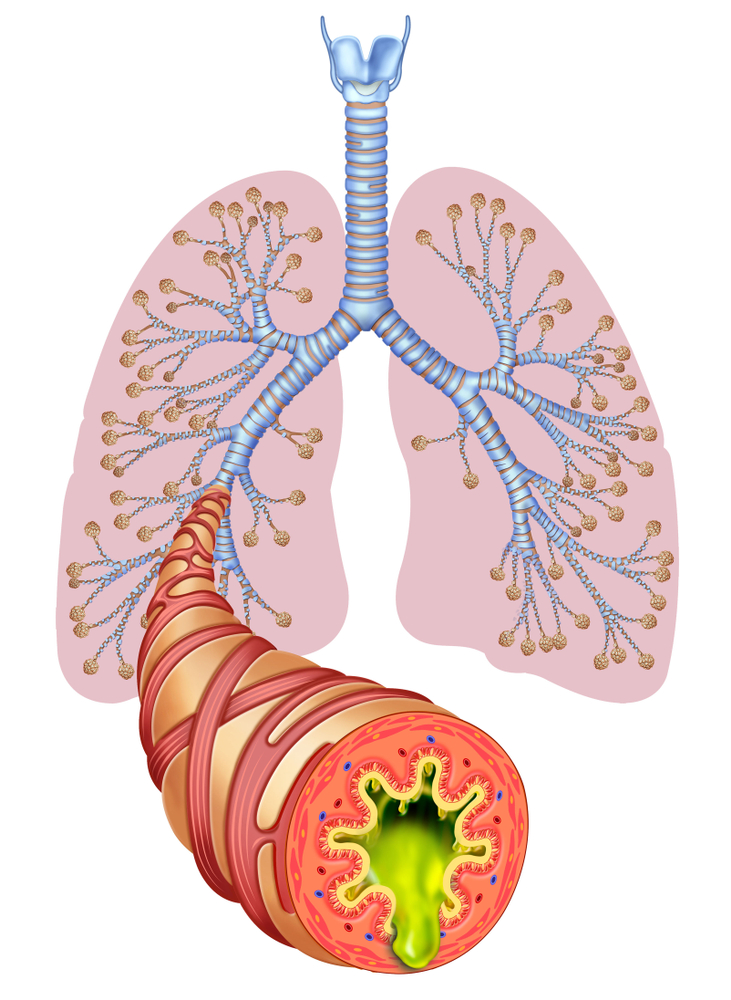
Battery-powered vaporizers heat liquid into inhalable aerosol. Users breathe vapor instead of smoke, but that distinction matters less than you’d think.
Research from Johns Hopkins University identifies over 2,000 chemicals in most vapes. Many remain unidentified. Manufacturers refuse to disclose complete ingredient lists. Scientists cannot determine safety without knowing what people inhale.
Each puff introduces these chemicals into delicate lung tissue. Respiratory passages absorb substances never meant for human consumption. Inflammation begins immediately as your body tries to protect itself from foreign invaders.
Nicotine appears in higher concentrations than cigarettes. Extra-strength cartridges satisfy cravings but deepen addiction. Some chemicals cause cancer. Others scar airways. Several damage blood vessels and heart tissue.
EVALI Can Strike Without Warning
E-cigarette or vaping-associated lung injury goes by the acronym EVALI. Symptoms appear quickly, sometimes over just a few days. Other times they develop slowly across months.
Shortness of breath comes first for most people. Pain accompanies each breath. Coughing becomes constant and severe. Blood oxygen levels drop in serious cases.
Inside your lungs, massive inflammation takes hold. Acute respiratory distress syndrome represents the most severe form. Fluid floods lung tissue. Widespread damage occurs over days to weeks. Rare cases end in death.
Vitamin E acetate draws strong suspicion as a trigger. THC also increases risk. But people develop EVALI from nicotine-only vapes too. Individual susceptibility varies, and scientists still cannot predict who will suffer this injury.
Freeman notes frequency matters. “More frequent users are more at risk,” he explains. Yet even occasional vapers can develop EVALI without warning.
Cases spiked in 2019 before declining. But doctors still see patients arrive at emergency rooms unable to breathe, their lungs failing from vaping.
Popcorn Lung Offers No Second Chances
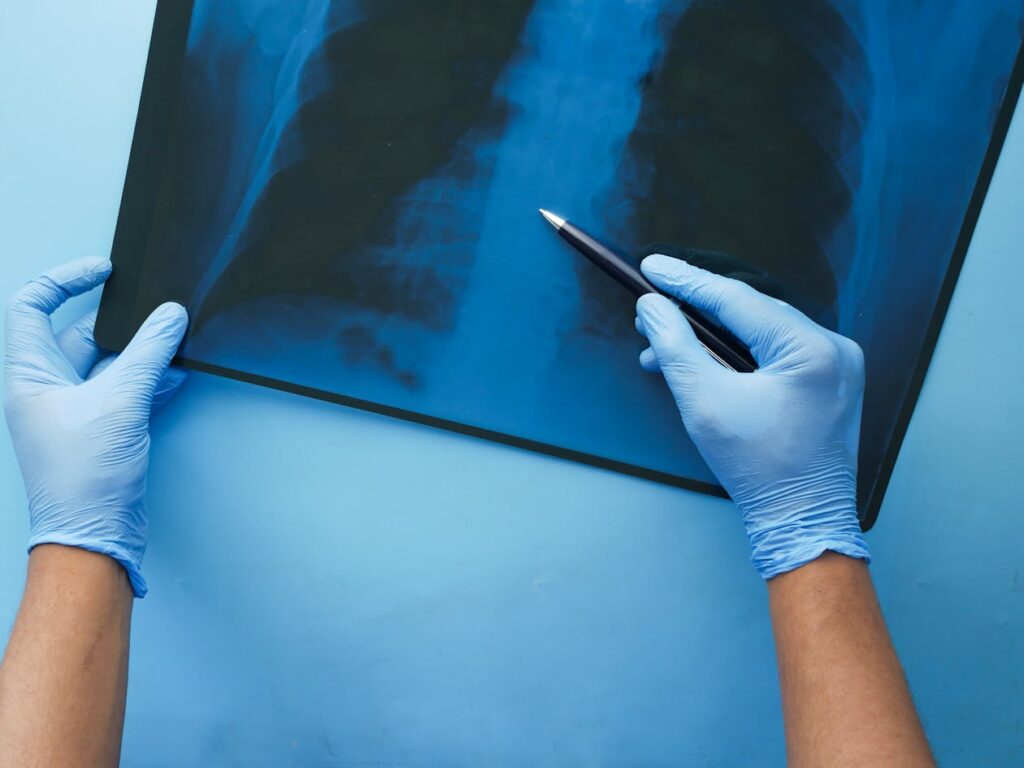
Bronchiolitis obliterans earned its nickname popcorn lung in 2000. Workers at a microwave popcorn factory inhaled diacetyl, a butter-flavoring chemical. Several developed permanent, disabling lung damage.
Diacetyl creates buttery taste in flavored vapes. When aerosolized, it becomes toxic to inhale. Inflammation starts immediately. Scarring follows. Bronchioles, your lungs’ smallest branches, narrow and close off permanently.
Air struggles to move through damaged tissue. Breathing becomes harder each day. And here’s what makes popcorn lung terrifying.
No cure exists. Once bronchioles scar, that damage stays forever.
Treatment only manages symptoms. Bronchodilators open remaining airways. Steroids reduce inflammation. Extreme cases require lung transplantation. But damaged tissue never heals.
EU and UK authorities banned diacetyl in e-cigarettes. Illegal products still contain it. US vapes include it legally. Other jurisdictions allow it freely.
Young adults face the highest risk. Vaping surged among people aged 25 to 49. Middle and high school students in America report e-cigarettes as their most common tobacco product. And their developing lungs suffer more damage than mature tissue.
Your Genes and Habits Determine Permanent Damage
Several factors decide whether your lungs recover or stay damaged forever.
Severity matters most: Minor inflammation heals better than extensive scarring. Duration counts too. Someone who vaped for months has better odds than someone who vaped for years.
Genetics play a role: Scientists don’t fully understand yet. Some people’s bodies handle toxins better. Others develop severe reactions from minimal exposure. Collapsed lungs strike young people whose bodies still grow. Blisters form on lung tissue. Ruptures create holes. Air escapes into chest cavity. Lungs cannot inflate.
Cardiovascular disease: It develops from nicotine’s effects on blood pressure and heart rate. Adrenaline and cortisol flood your system with each puff. Heart attack and stroke risks climb.
Asthma develops: the development of Asthma is 39% more often in vapers compared to non-users. Airways tighten. Muscles around bronchial tubes spasm. Breathing becomes difficult during attacks and eventually even at rest.
First 72 Hours After Quitting

Withdrawal symptoms hit at the 24-hour mark. Less nicotine circulates through your bloodstream. Your brain craves the chemical it learned to depend on.
Headaches pound. Insomnia prevents restful sleep. Lethargy makes simple tasks feel exhausting. Irritability strains relationships. Anxiety peaks.
At 72 hours, most nicotine exits your body. Withdrawal symptoms reach their worst for mild to moderate users. But positive changes begin too.
Smell returns first. Taste follows. Aldehydes from vaping coat respiratory passages and mucous membranes. Without constant exposure, these tissues begin clearing. Food tastes better. Scents become distinct again.
Lungs show quick improvements. Inflammation starts decreasing within days. Blood vessels relax. Oxygen flows more freely through tissue.
Weeks to Months Show Visible Recovery
Coughing subsides within weeks. Wheezing becomes less frequent and severe. Mucus production drops to normal levels as lungs no longer fight constant irritation.
Lung inflammation continues declining through the first months. Blood flow improves as vessels recover from nicotine’s constricting effects. Blood vessel function repairs itself gradually.
Nitric oxide production returns to healthy levels. Your body uses nitric oxide to relax blood vessels and improve circulation. Oxygen reaches tissues more efficiently. Cardiac health improves. Muscle soreness after exercise decreases. Blood pressure drops to healthier ranges. Respiratory response gets stronger.
Benefits compound as weeks turn to months. Each system supports the others. Better blood flow helps lungs heal faster. Healthier lungs improve oxygen delivery. More oxygen strengthens cardiovascular function.
Years of Abstinence Reverse Major Risks
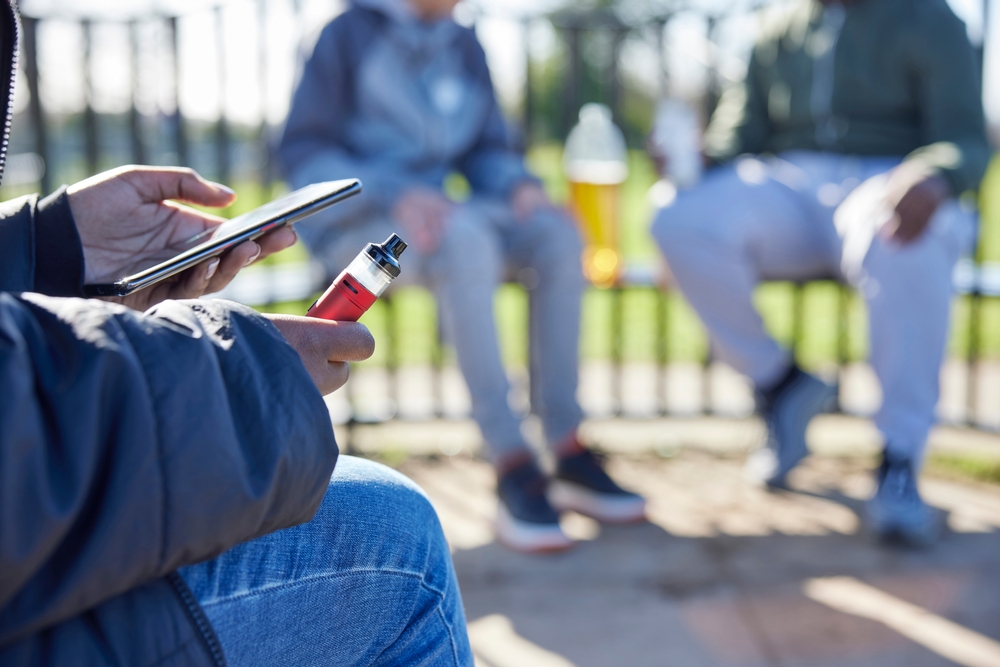
Long-term benefits require patience and commitment. But they’re worth the wait. Cardiovascular disease risk drops significantly after several years without vaping or smoking. Heart attack likelihood decreases steadily. Stroke risk falls. Lung cancer probability declines compared to those who continue vaping.
Cells regenerate throughout this period. Lungs demonstrate remarkable reparative capacity when given time and freedom from toxins. Scarring fades where possible. New, healthy tissue replaces damaged areas.
After enough years, former vapers display similar health markers to people who never smoked or vaped. Blood pressure normalizes. Lung function tests improve. Cancer screening results show lower risk. But this only applies to reversible damage.
When Damage Cannot Be Undone
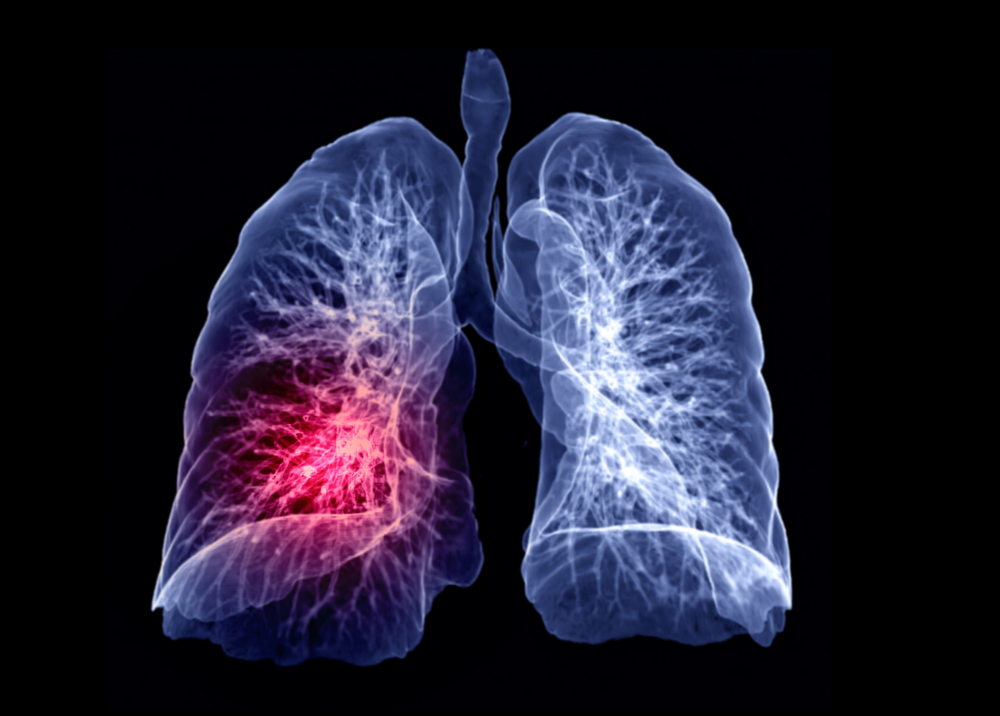
Some injuries never heal. Continuing to vape after developing EVALI causes permanent scarring. Lung tissue hardens. Flexibility disappears. Breathing capacity never returns to previous levels.
Certain lung function measures decline and stay low forever. Scar tissue cannot transform back into healthy, elastic lung cells.
Extreme cases need lung transplantation. Donors are scarce. Wait lists are long. Many people die before receiving new lungs. Prevention beats treatment every time because treatment often cannot reverse the worst damage.
Breaking Free From Nicotine Addiction
Nicotine rewires your brain’s reward pathways. Pleasure centers expect regular doses. Without them, your body revolts through withdrawal. Extra-strength cartridges worsen dependency. Higher nicotine concentrations mean deeper addiction. Brain changes become more pronounced.
Quitting any addictive substance challenges people regardless of the drug. Nicotine’s widespread availability doesn’t make it less addictive. Accessibility makes it harder to avoid. Treatment options exist. Nicotine replacement therapy provides controlled doses while breaking the vaping habit. Patches, gum, and lozenges deliver nicotine without harmful chemicals that damage lungs.
Avoid dual use at all costs. Smoking cigarettes while vaping may cause more harm than cigarettes alone. Combined exposure multiplies risks rather than reducing them. Support resources help people succeed. Counseling addresses psychological addiction. Medical supervision manages withdrawal symptoms. Community support provides accountability.
Abstinence remains the only proven method for lung healing. No medications speed recovery. No treatments undo scarring. Only time and clean air allow your lungs to repair themselves. And they can repair themselves, as long as permanent damage hasn’t already taken hold. Your lungs have carried you this far. Respect them before they can’t carry you anymore.
Loading...

